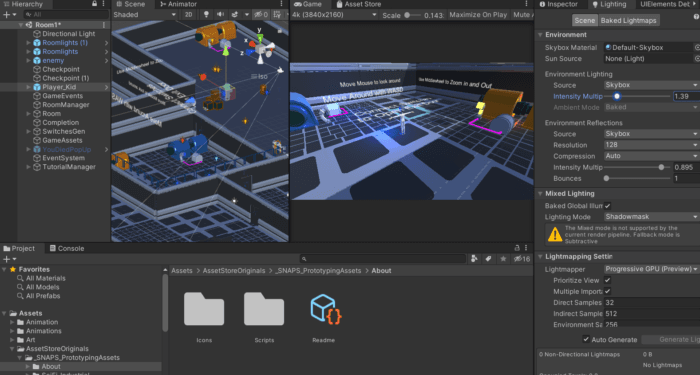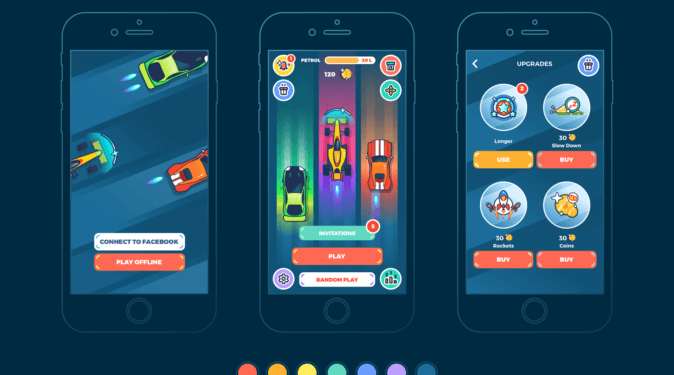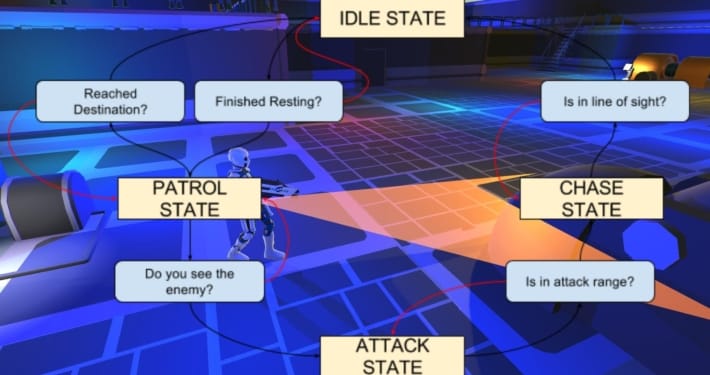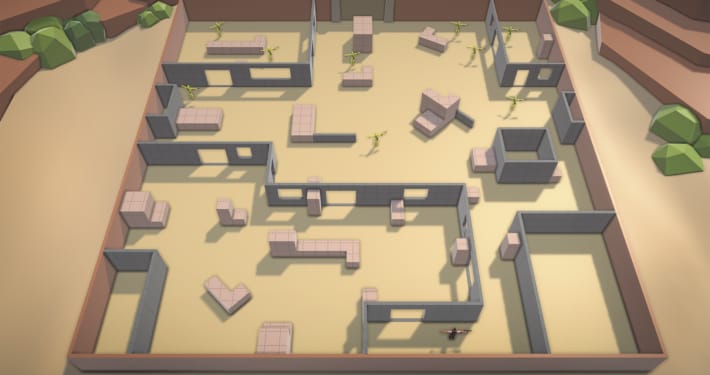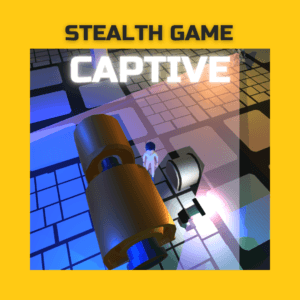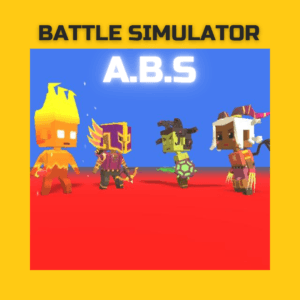Game Development Process
Step 1
Game Prototyping & Concepts
We craft interactive game prototypes that help validate your vision, secure investor interest, and gather early player feedback. Our team rapidly assembles core gameplay mechanics and visual elements to test ideas and demonstrate feasibility—ensuring your concept is strong before moving into full-scale development. All prototypes are designed to be refined into production-quality builds.
Step 2
UI/UX Design for Games
We design intuitive, visually engaging interfaces that deliver smooth gameplay experiences across mobile, PC, and console platforms. Our UI/UX experts apply game design best practices to create user-friendly menus, HUDs, and controls that elevate player engagement while supporting your game’s art direction and mechanics.
Step 3
Game Architecture & Systems Design
Our modular programming approach ensures your game is built on a scalable and maintainable architecture. Whether you’re developing a single-player campaign or a multiplayer experience, we create systems that support easy feature expansion, content updates, and bug prevention—empowering designers and developers to iterate quickly.
Step 4
Level Design & Environment Creation
We build immersive game levels that are both visually compelling and gameplay-optimized. Starting with conceptual sketches and progressing through documentation and 3D modeling, our level designers focus on flow, player engagement, and environmental storytelling to enhance the overall gaming experience.
Step 5
Polishing, QA & Post-Production
Our post-production process includes in-depth quality assurance, bug fixing, performance optimization, and final polish to ensure your game is ready for launch. We spend up to 30% of the project timeline in this phase, fine-tuning gameplay elements and resolving edge cases—especially critical for multiplayer or open-world games.
Step 6
Launch & Live Game Support
We assist with your game’s release strategy and provide post-launch support including updates, content patches, and system maintenance. From backend improvements to new feature rollouts, we ensure your game remains stable, engaging, and competitive in the marketplace after launch.

